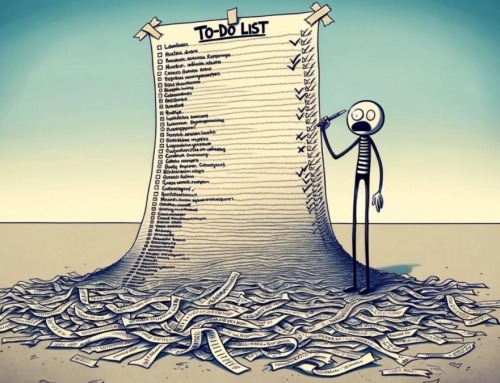Scope creep can sneak up, morph, and destroy a project. Here’s how it occurs, and how to keep it at bay.
Have you ever had a project that seems to be getting bigger all the time? At first it was manageable, but now it seems that everything, including the kitchen sink, has been tossed in? Not surprisingly, this is often called the “kitchen-sink syndrome.”
Or for project managers, it’s simply called “scope creep.” Meaning the scope of the project slowly creeps larger and larger. Scope creep can sneak up, morph, and destroy a project.
How does creep occur?
It usually stems from poor requirements analysis, not involving the end user early enough, underestimating the complexity of the project or lack of a change control process.
So how do you control scope creep?
First, make sure to implement a simple process of document, consider, approve, and resource. This simple process will help you manage changes to a project.
Be sure you thoroughly understand the project vision
 Meet with the project drives and be sure to deliver an overview of the project and constraints for their review and comments.
Meet with the project drives and be sure to deliver an overview of the project and constraints for their review and comments.
Understand your priorities and the priorities of those that are driving the project
Make an ordered list that you can refer to throughout the project duration. Items should include budget, deadline, feature delivery, customer satisfaction, and employee satisfaction. You’ll use this list to justify your scheduling decisions once the project has commenced.
Leave room for error
It’s a good idea to generally schedule 140% to 160% of the duration as expected to be delivered. If your schedule is tight, reevaluate your deliverables. Coming in under budget and ahead of schedule leaves room for additional enhancements.
Expect that there will be scope creep
Implement change order forms early and educate the project drivers on your processes. A change order form will allow you to perform a cost-benefit analysis before scheduling changes requested by the project drivers.
Scope creep is not something to be feared—with the right processes, it’s something you can removed from the equation.






